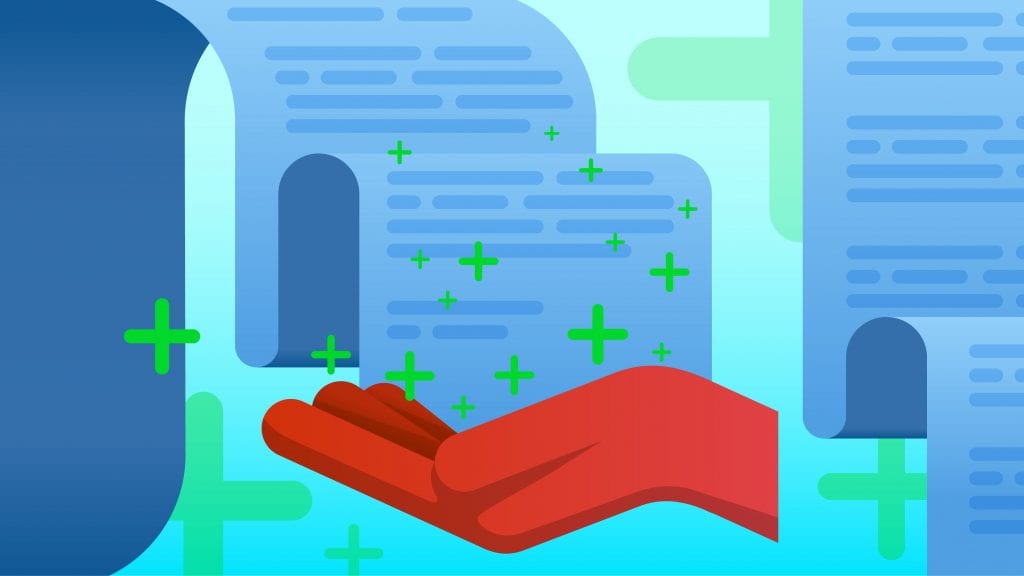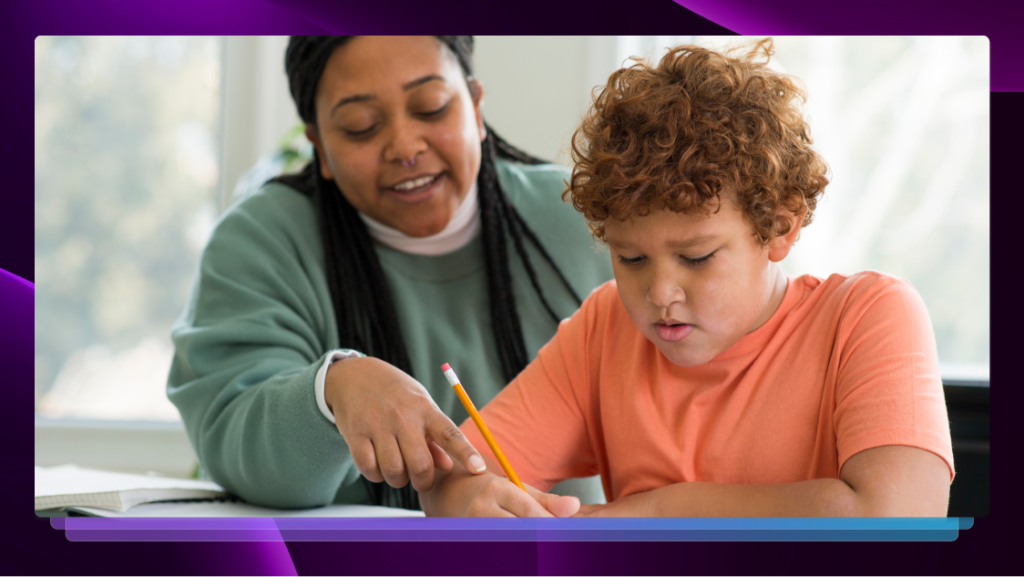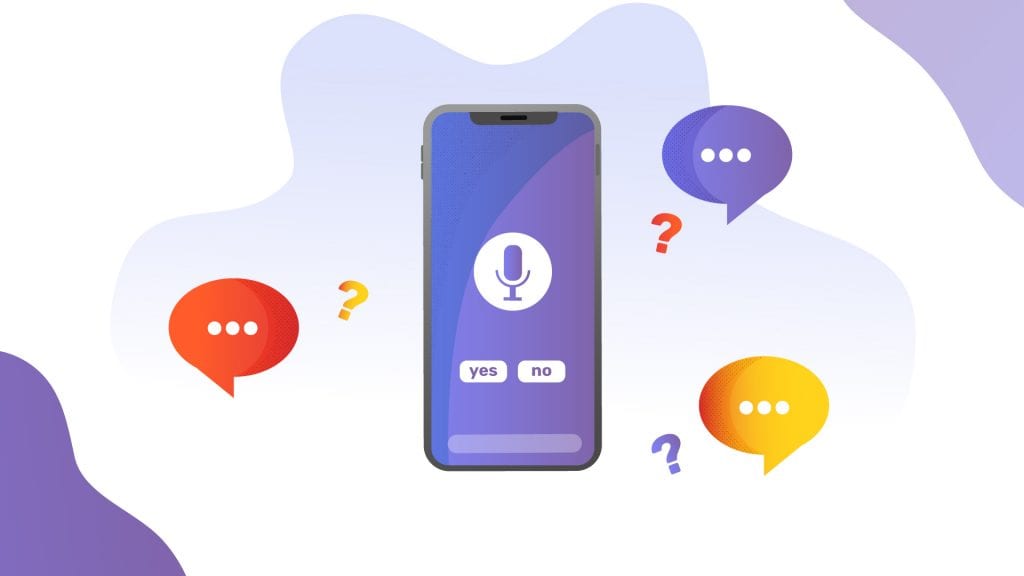What Are the Benefits of Transcription in Different Learning Styles
Everyone has a particular learning style that works for them. This blog examines the four main learning styles and how transcripts can benefit students.

As an instructor, your main goal when teaching students is ensuring that they are properly digesting the material. This can be easier said than done, as each person has a preferred learning style that suits them. However, online learning has provided many tools to better enable collaborative education.
One such tool is transcription, a powerful method of improving learning outcomes by supporting each different learning style. Additionally, transcribing your lectures allows students to easily reference and review the material, which further enhances their understanding.
In this blog, we will introduce you to the different styles of learning and explore how they can each benefit from transcription.
Why Are Learning Styles Important?
Nowadays, it is appreciated that not everybody learns in the same way. Each person has a preferential way in which they absorb, comprehend, and retain taught material. Some people may have a dominant learning style while others may find that they enjoy a mix of different styles. It is imperative for educators to integrate different types of learning styles into their online courses. When educators cater to the different learning styles, every student’s learning potential is maximized. This will increase self-confidence among students and make the learning process much more enjoyable and efficient.
The most accepted model of individualized learning is the VARK model, which recognizes four distinct learning styles: Visual, Auditory, Read & Write and Kinesthetic.
Understanding the VARK Model
1. Visual Learners
Visual learners are students that best internalize and commit material that is presented to them in a graphical format. In other words, these students need to see information to learn it. Roughly 65% of the population are visual learners, so instructors will definitely have multiple visual learners in their classes. These students will often prefer to work with visual information like color-coding, graphs, diagrams and mind-maps.
Learn how transcripts solve educator’s biggest student engagement challenges
2. Auditory Learners
Auditory learners benefit from oral instruction and material. They best understand and retain information when it is spoken out loud by either themselves or others. Encouraging these students to verbally work through new concepts is a great way to cater to their needs. These students will enjoy the use of audio recordings and group projects.
3. Reading & Writing Learners
Reading/writing learners prefer to read and/or write down information in order to learn it. They find it easy to extract meaning from text and find clarity in what they write down. Often they benefit when employing traditional methods such as reading textbooks, writing down notes and rewriting these notes. To support this type of learner, it is important to include a textual guide with your lectures.
4. Kinesthetic Learners
Students who are kinesthetic learners enjoy being physically active and engaging in tactile activities. Having these students carry out physical activities allows them to better absorb and synthesize the information. Some common physical activities used in educational settings include role-playing, fieldwork and doing surveys. Being able to apply what they have learned in a real life setting is crucial for kinesthetic learners.
Using Transcripts to Support Different Learning Styles
1. Transcripts are excellent companions to notes
As previously mentioned, reading/writing learners better retain information that they read and/or write down. However, students can typically capture only about 30-40% of lesson points during lectures. This means that when these students go back to read their notes, they could likely be missing crucial pieces of information. Providing a searchable transcript allows these students to go back and write up detailed notes on all the important lesson points. Not only will it be easier to revise but the students will be able to internalize much more material.
2. Transcripts allow students to engage with lectures
For auditory learners, listening and conversing helps them get the most out of a class. Unfortunately, it can be difficult to fully engage in class discussions while simultaneously taking notes. Providing a transcript means that students can concentrate on their lesson and still have the complete material to review. By transcribing your lectures, these students can give their full attention to the lecture, comfortable in the knowledge that the transcripts are there as a supplement.
3. Transcripts are highly adaptable
It is easier to adapt transcripts for different learning styles than to use several teaching styles. As we have already established, not all students learn in the same way. Giving your students a transcript of the lecture will allow them to adapt the material to their own unique learning style. For example, visual learners could reference the transcript to create accurate mind-maps that they can better absorb. Likewise, kinesthetic learners could adapt the transcript into a learning game.
4. Transcripts provide a multi-sensory learning experience
Rather than fitting neatly into a single category, a student’s learning preference may overlap between multiple styles. For instance, some learners may find that they use different learning styles in different circumstances. A written transcript provides a new sensory facet for your students. This is helpful as a multi-sensory learning experience can help these students better absorb the information.
5. Transcripts will help your class overall
Transcripts can do more than just benefit the different learning styles. Students can often find online courses difficult and challenging. Transcribing lessons allows remote students to revisit course material and gain a deeper understanding of the content.
Transcripts also make education more accessible, allowing foreign language and hearing impaired students to better understand lessons. If students are learning remotely, transcripts allow students who may be dealing with background noises to easily understand what’s being said during class, filling in any gaps in the audio. In addition, transcription can help with academic research by acting as a note-taker and single source of truth.
To conclude
Lesson transcripts can help students get the most out of their classes, acting as study aids and important supplementary materials for multiple learning styles. With transcription services like Rev, you can easily get your lectures and lessons transcribed and delivered to you in a searchable format. Our network of more than 50,000 transcriptionists will take your audio or video content and turn it into a 99% accurate transcript for you and your students. Check it out!















